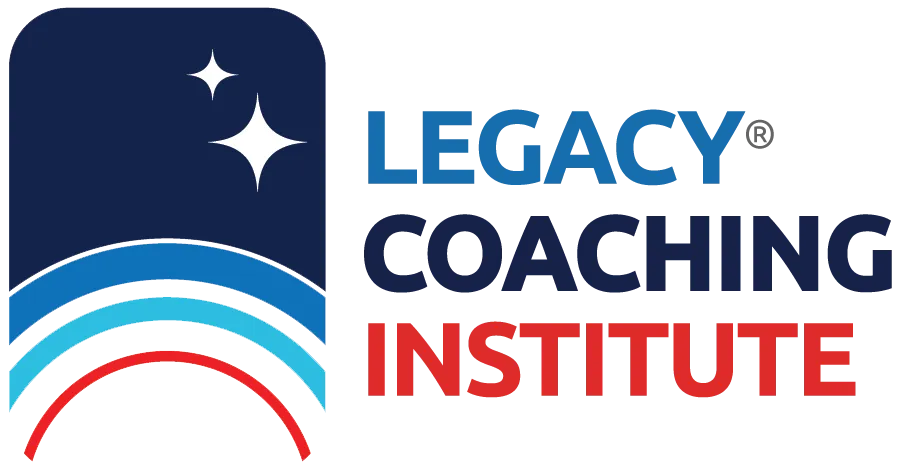The basic definition of Narcissism originates from “Narcissus” in Greek mythology, who fell in love with his own image reflected in the river.
In the modern day the term is used to describe a personality that is framed with egotism, vanity, pride, selfishness and sometimes abuse to the closest people such as spouse or children. As a result, this is usually considered an obstacle for a person in terms of his relationship with himself and his relationships with others around him, and sometimes those people might need professional help like help from a life coach. However, as humans we all have a sense of narcissism built within our personalities which is the healthy and encouraged self-love.
In the past few years, there has been a wide range of research on narcissism which resulted in a migration into leadership. Trevor Bentley believes that the tendency of narcissistic traits in someone’s character may be the reason why they have risen to corporate and top management positions.
As a result, executive coaches are most likely to encounter narcissistic personalities who have merged from healthy to unhealthy self-love. Also, other life coaches with different specialties may encounter a narcissistic personality every now and then as well.
In a coaching session, narcissistic personalities are most likely to be defensive and pathological using arrogance and superiority to take over the role of the life coach during the coaching session, and as a life coach you should always be aware of that during the coaching session.
Narcissistic personalities may appear as individuals with high self-esteem, nevertheless, it is no more than an illusion that is easily disrupted when the coach does not validate their sense of exaggerated self-importance.
Let’s explore the struggle that an executive coach may go through when coaching a narcissistic personality and how they overcome it. Trevor Bentley has come up with a tool that he uses with narcissistic leaders:
1. The client must understand that their personality type is problematic and that they do have an issue when dealing with everyone around them, therefore, their effectiveness, job too, is at risk.
2. The board in the company must be aware of the problem and that it is what causes behavioural changes at times.
3. In many sessions, clients like to take over the coach’s role and be the coach or even tell them what to do or say. Therefore, the coach must be very clear with what is acceptable and what is not acceptable within the agreement in terms of boundaries that are not to be crossed.
The client is not being diagnosed at all; however, the previous tools are only to help create a forward way to help the clients be the best version of themselves. The whole idea when coaching a narcissistic client is to include them in the coaching process and not their narcissism for them to be engaged at least at a minimum. Of course, at times you will distinguish and accept that you may not coach the person because they are uncoachable and that must be accepted by a coach as they are not responsible for their client’s results and accountability.
Know More About The Tips And Tricks Of Coaching Through The 5 First Chapters Of Success Dioxid Book: https://bit.ly/3fN0Z4R
